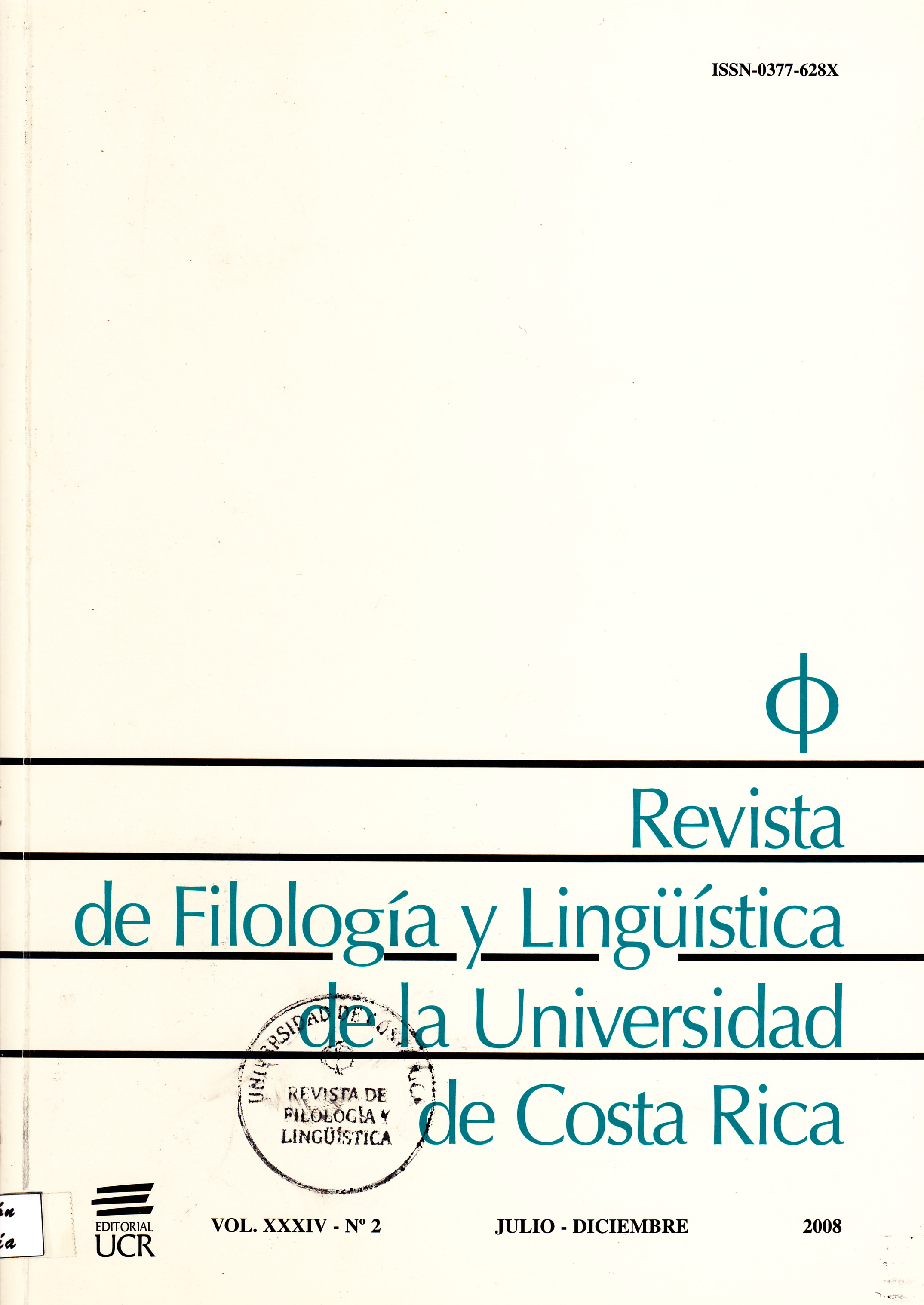Abstract
This study analyzes the usefulness of drilling and color-coding systems to help a group of advanced English students pronounce the -(e)d inflectional ending in past and past participial forms of regular verbs. Subjects were three engineering professors working at the University of Costa Rica. After evaluating each technique, results show that the allomorphs /t/ and /d/ were more difficult to identify and pronounce than /Id/. Drilling was effective to identify the realizations, yet it did not promote learner autonomy. The color code was found to help learners self-correct. In addition, the number of mistakes decreased when using this technique. Despite the advantages of the color code over drilling, it was concluded that both techniques need to be practiced and recycled in the classroom to enhance L2 learning.References
Avery, Peter. & Susan Ehrlich. 1992. Teaching American English pronunciation. New York: Oxford University Press.
Bailey, Kathleen. 2005. Practical English language teaching: Speaking. New York: McGraw Hill.
Browne, Sandra & Thomas Huckin. 1987. “Pronunciation tutorials for nonnative technical professionals: A program description.” In: Morley (ed.), 41-58.
Celce-Murcia, Marianne, Donna Brinton & Janet Goodwin. 1996. Teaching Pronunciation: A Reference for Teachers of English to Speakers of Other Languages. New York: Cambridge University Press.
Dalton, Christine & Barbara Seidlhofer. 1994. Pronunciation. New York: Oxford University Press.
Harmer, Jeremy. 1991. The Practice of English Language Teaching. New York: Longman.
Hewings, Martin & Sharon Goldstein. 1998. Pronunciation plus: Practice through interaction. New York: Cambridge University Press.
Kelly, Gerard. 2000. How to teach pronunciation. Essex: Longman.
Morley, Joan (ed.). 1987. Current perspectives on pronunciation. Washington: TESOL.
Murphy, John. 2003. “Pronunciation.” In: Nunan (ed.), 111-128.
Nunan, David. 2003. Practical English language teaching. New York: McGraw Hill.
Richards, Jack & Theodore Rodgers. 2001. Approaches and methods in language teaching. New York: Cambridge University Press.
Stevick, Earl. 1998. Working with teaching methods: What’s at stake? Toronto: Heinle & Heinle.

